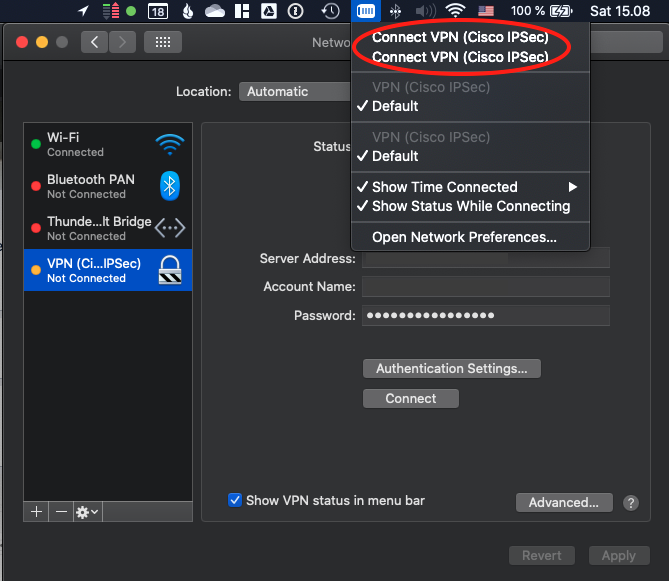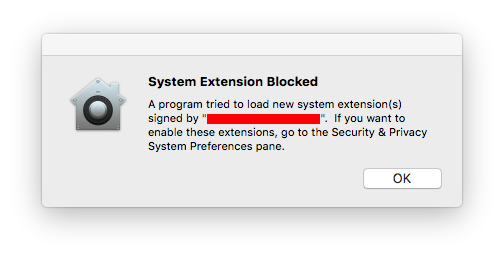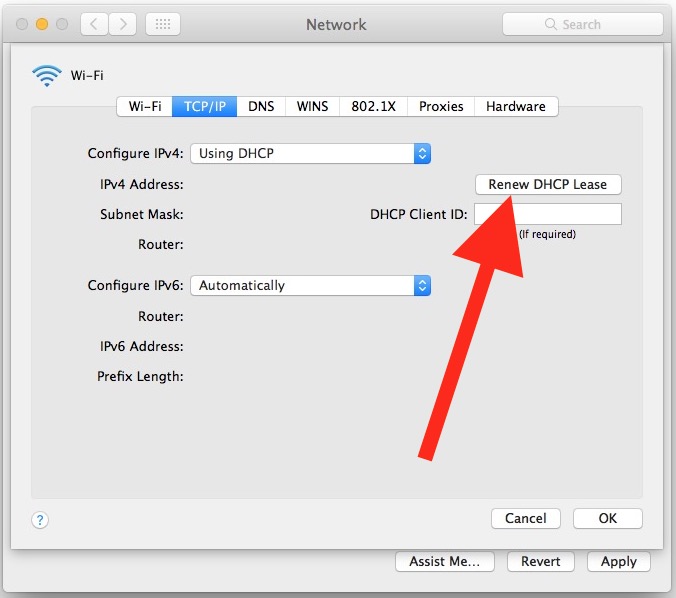
- #How to connect to vpn on mac os mojave how to#
- #How to connect to vpn on mac os mojave update#
- #How to connect to vpn on mac os mojave pro#
- #How to connect to vpn on mac os mojave password#
I turned on verbose logging and this is what I'm seeing in /var/log/ppp.log (VPN server address redacted)
#How to connect to vpn on mac os mojave pro#
Macbook Pro running Mojave 10.14.6, following instructions here It deters ISPs from collecting your browsing habits.I'm struggling to debug an issue connecting a Mac to a L2TP IPsec VPN. It offers a layer of protection from hackers trying to get access to your passwords.

It allows for having encrypted traffic so that your private usage remains precisely that. The benefits of VPN access go beyond just having a secure connection to your home or office network.
#How to connect to vpn on mac os mojave how to#
How to configure and connect to a VPN on iPhone and iPad Have you set up a macOS Server VPN?
#How to connect to vpn on mac os mojave password#
Enter your user name and password as well as the shared key you created above.
#How to connect to vpn on mac os mojave update#
Click Update and allow your Airport Base Station to restart.Īll you have left to do is connect with your various client devices! The VPN service on macOS Server is using L2TP over IPSec as it's authentication module, so simply select that version of VPN when you set up your clients.In Private UDP Ports type in 500, 1701, 4500. In Private IP Address enter the internal IP address of your macOS Server running the VPN service.Here is what it would like on an Airport Base Station if you were to set up port forwarding of VPN traffic manually. The ports you need to have forwarded to your macOS Server are UDP 500, UDP 1701, and UDP 4500. Here's how! Allow VPN traffic through your router to macOS Serverĭepending on who manufactured your router, you'll have to consult the documentation from the manufacturer to be able to allow VPN traffic to your internally networked macOS Server running the VPN service. If you don't have an Apple Airport Base Station, you'll have to manually set up your router to allow for VPN traffic to travel through your router to your macOS Server. If you're on an Apple-centric network with an Airport Base Station, you'll be prompted to automatically setup your Airport Base Station to allow for connections to your macOS Server VPN service. Select VPN under the Services listings.Enter the users you wish to have VPN access.

Select Allow Connections From only some users.Click the Add button (looks like +) and select VPN.Select your macOS Server computer name.Optionally click Save Profile if you wish to create a configuration file so that clients can simply load your server's connection information for easier client setup.


These are typically used for business accounts but, depending on your ISP, can be available for an additional fee. Many ISPs also offer static IP addresses. That way, you'll get an alias known as a "hostname" that won't change, even if your IP address does. If you use a dynamic IP address to set up your VPN service, there is no guarantee that you'll have that IP address will still be yours in the future, and the remote connection will fail.Īs a workaround, there are several dynamic domain name services you can purchase.


 0 kommentar(er)
0 kommentar(er)
